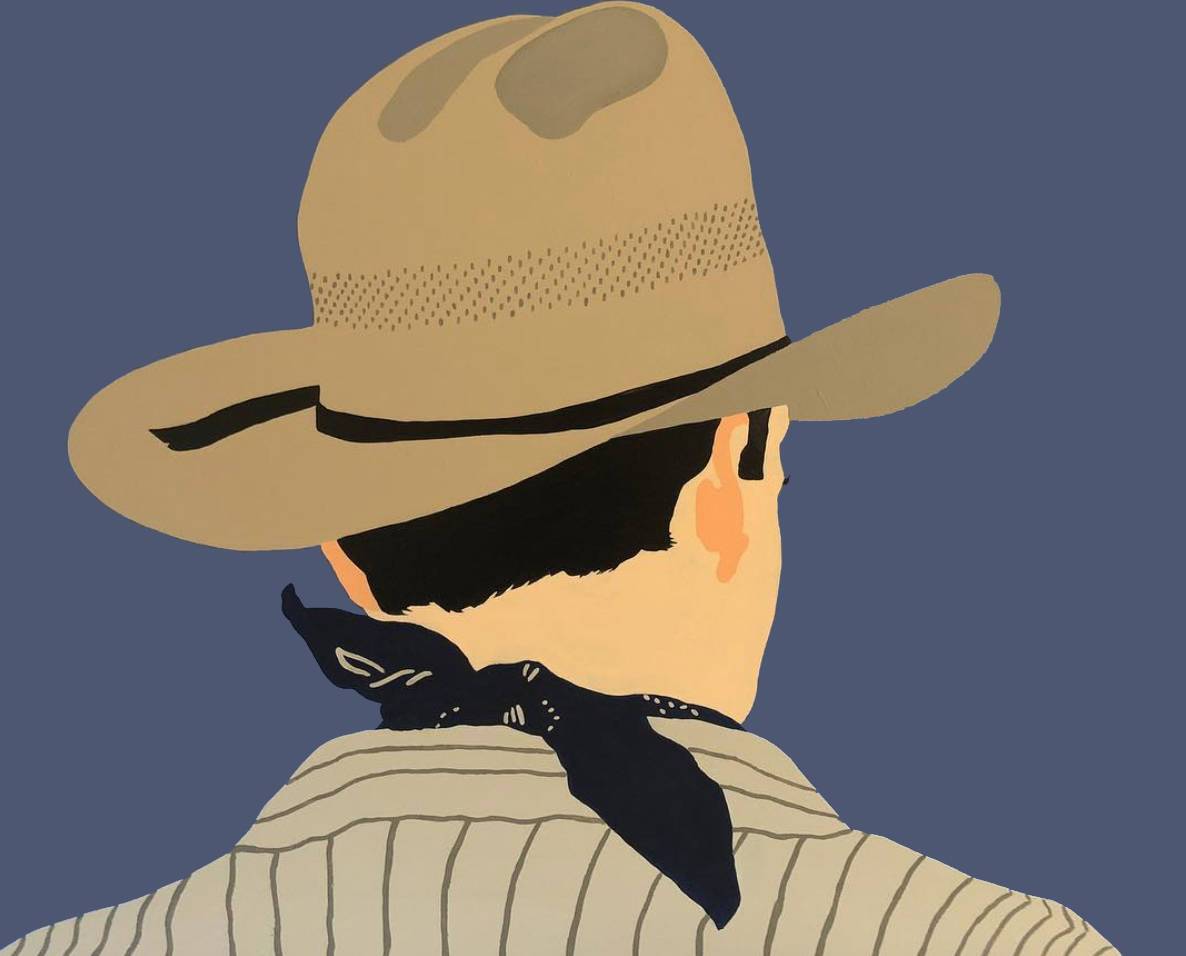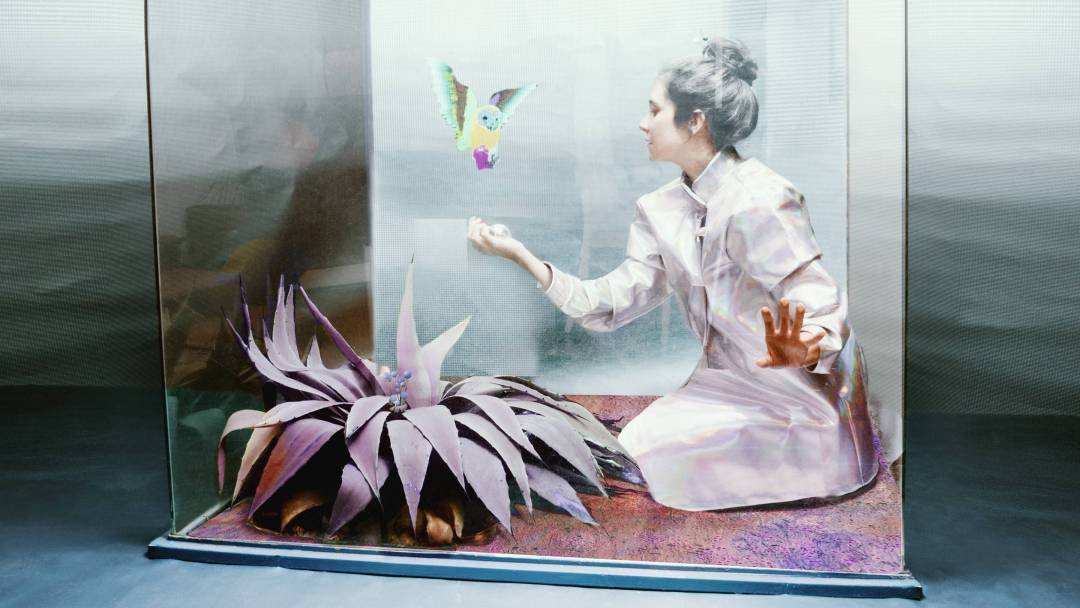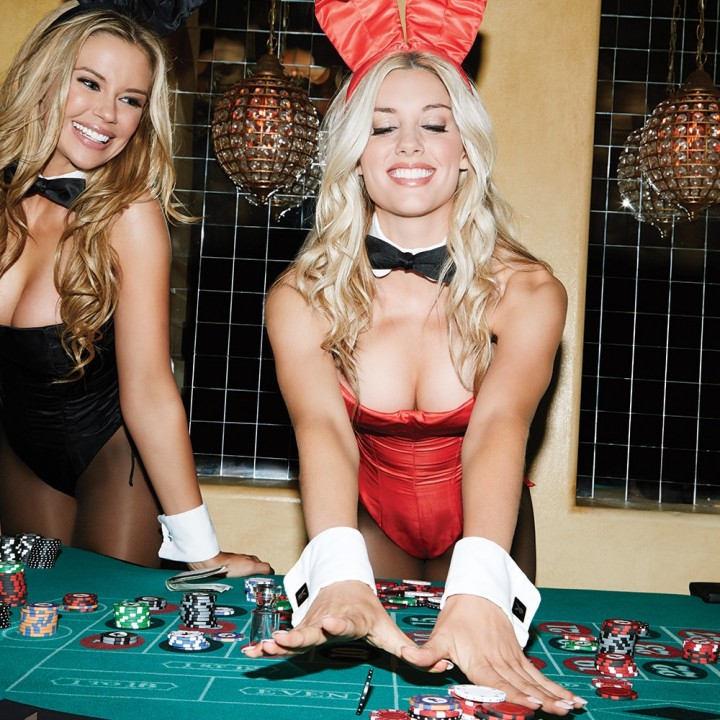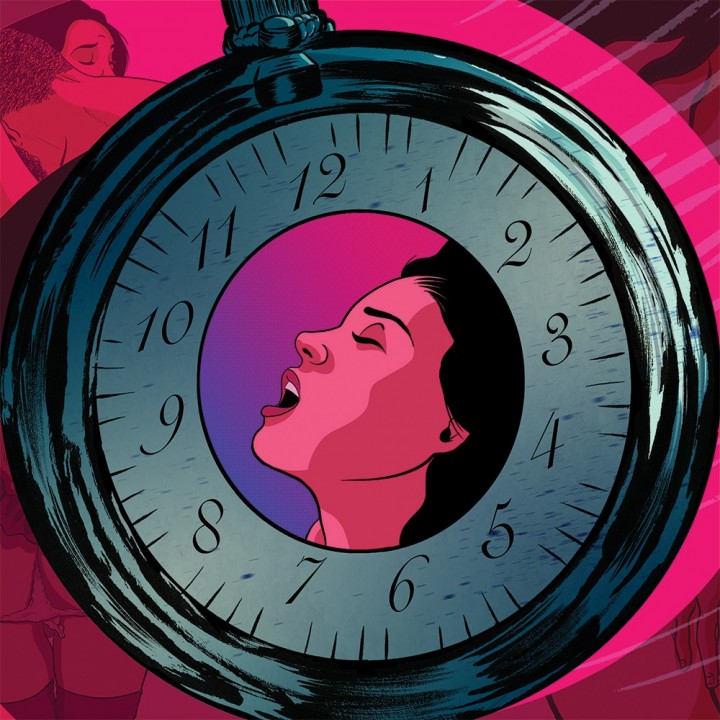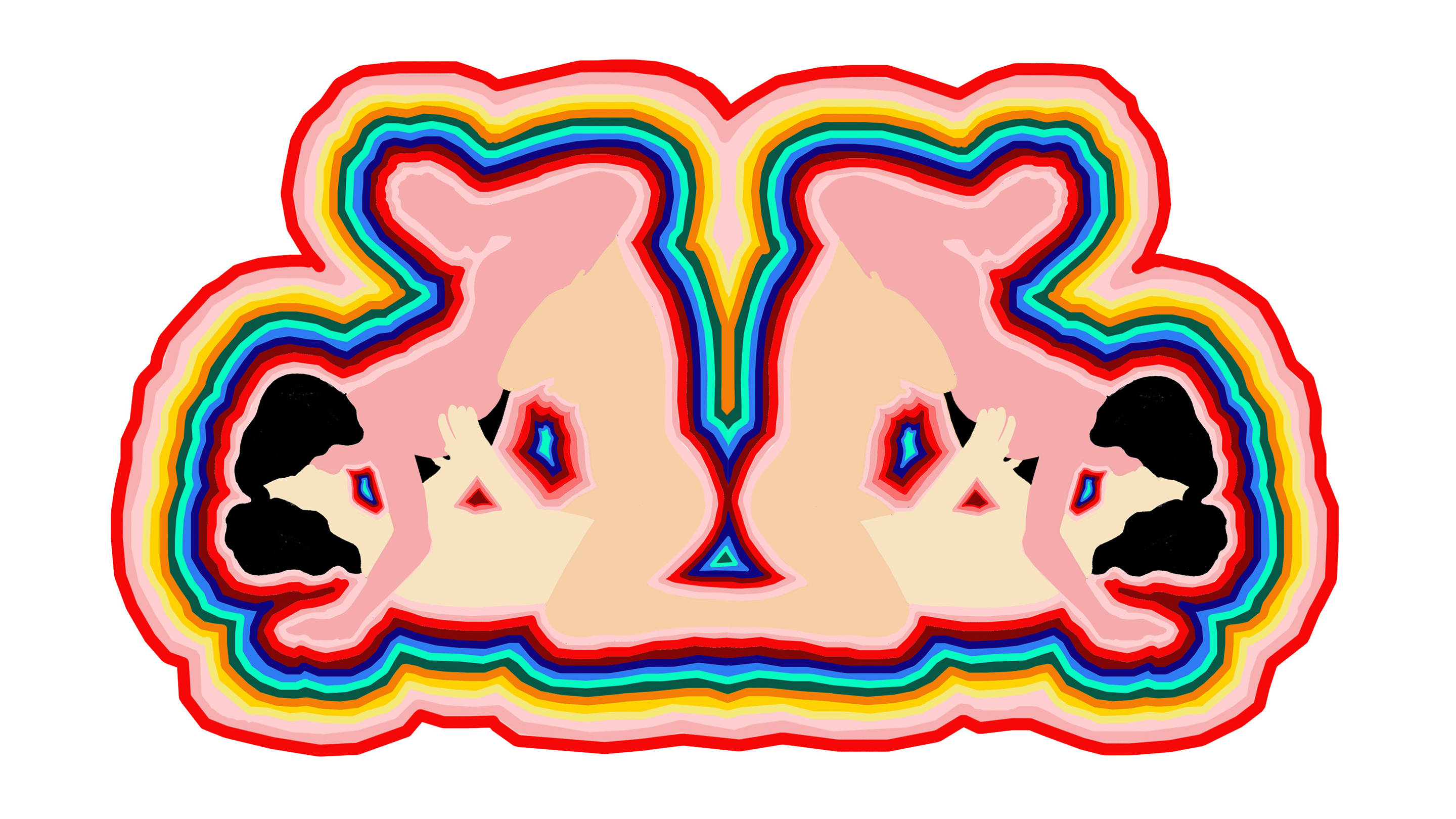
Painting a New Kind of Masculinity with Artist Xavier Schipiani
Schipani depicts a utopian world without gendered boundaries
Xavier Schipani is curious: What makes a man?
On his journey to self knowledge—including a want to understand the world's aversion to transgender rights—the artist paints big guys in pastels and pinks or, sometimes, colors so muted they have almost faded to white. What viewers see is a stark contrast to Donald Trump's narcissism or to The Rock's bulging biceps. There is no anger, or a need to prove that they can chop wood.


His upcoming Paradise of Bachelors series, for example, casts masculine archetypes like cowboys and leather dominants as literal gentle men; instead of being on horses and shooting guns, they're embracing one another with every layer of their being exposed.“[These works] explore the male identity in crisis as a result of toxic masculinity, where transgender males act as stewards of observation by sharing their experience. It shifts the focus from these toxic stereotypes of ‘What makes a man?’ to ‘What makes a trans man?’ thus creating an observable history of a new identity.”

“As we create works collectively as queer peers, we pave the way for others to do so and hopefully encourage those around us to join the conversation,” he adds. As is well known, visibility matters and—“in this economy” of contemporary American politics—it is absolutely vital to display and celebrate queerness and queer experiences, thereby normalizing a constantly othered group. Schipani is a staunch subscriber to this belief system. “I feel like there is an absence of trans bodies being shown even within the realms of ‘queer art,’” he says. “That only leads to an abstraction of what those bodies experience. I feel very connected to the bodies I paint, I tend to treat them with as much care as I would myself, wanting to honor and celebrate the beauty in every form.”


Explore Erotic Art's Sexual Diversity with Eromatica
The project reflects on the complexity of the human experience

In doing so, Schipani’s practice is infused with self-care and self-preservation, intending to resonate these behaviors outward to viewers—particularly queer viewers. “We lose so many beautiful people within our community everyday from suicide, drug use, and acts of violence,” he says. “It’s vital that we share our experiences in an honest way so that others feel that they are not alone...Non-queer support is also truly needed and I think there are so many ways to be a good ally, all it takes is kindness, honesty and thoughtfulness.”
“There are so many ways, politically, I am made to feel invisible, from the bathroom ban to military service and all the freedoms in between that cis people take for granted,” Schipani continues. “My body being policed in a way that most people’s aren’t makes it political. That alone drives my passion to create art, exposing the absurd hypocrisy of being an American citizen.”
“Art has a unique ability to shed light on some of the more difficult topics we face in everyday life,” he says. “And it ultimately guides us towards resolution.”
